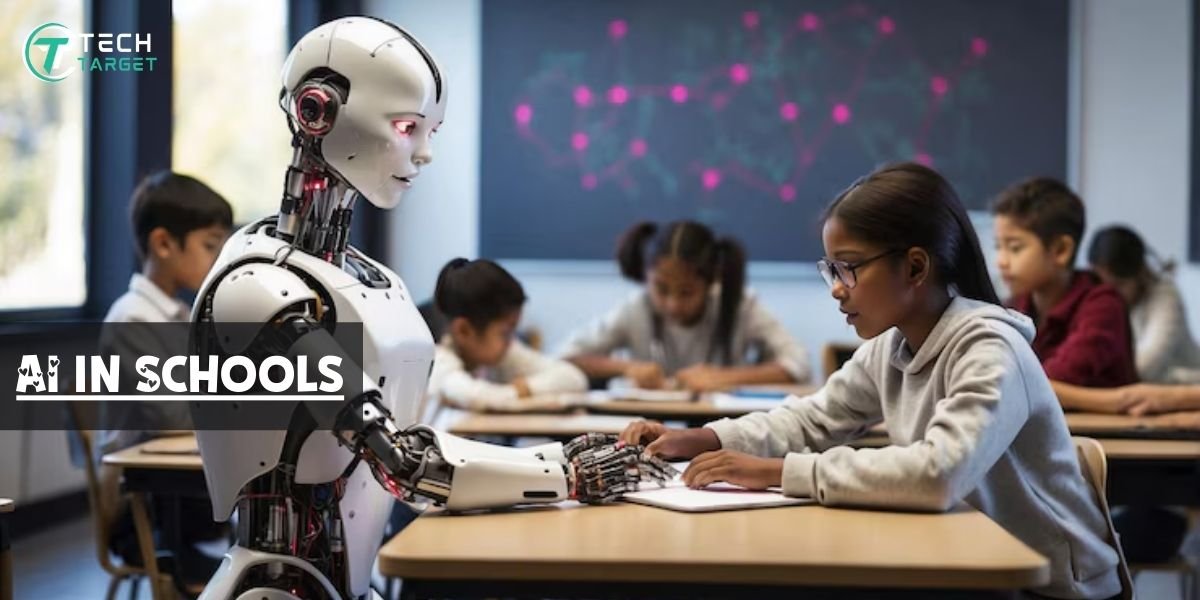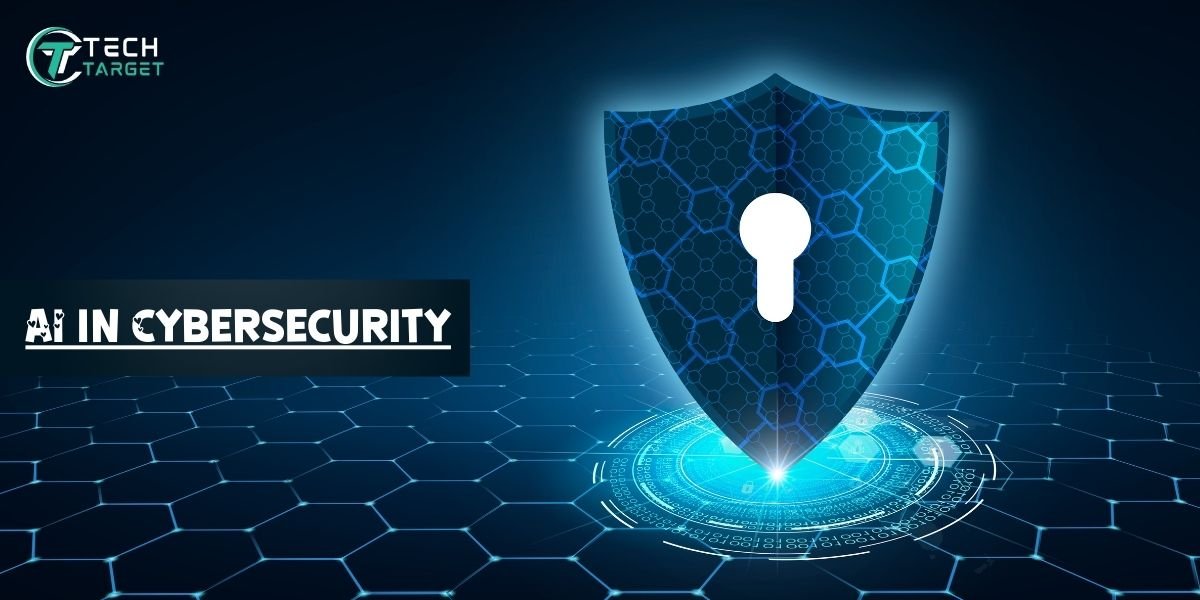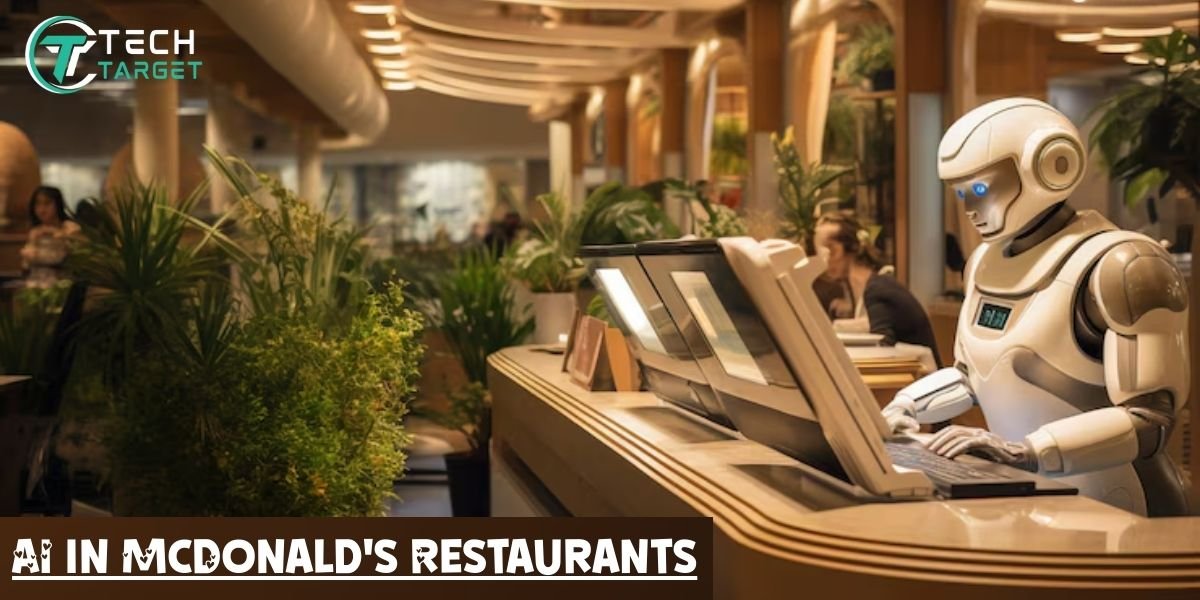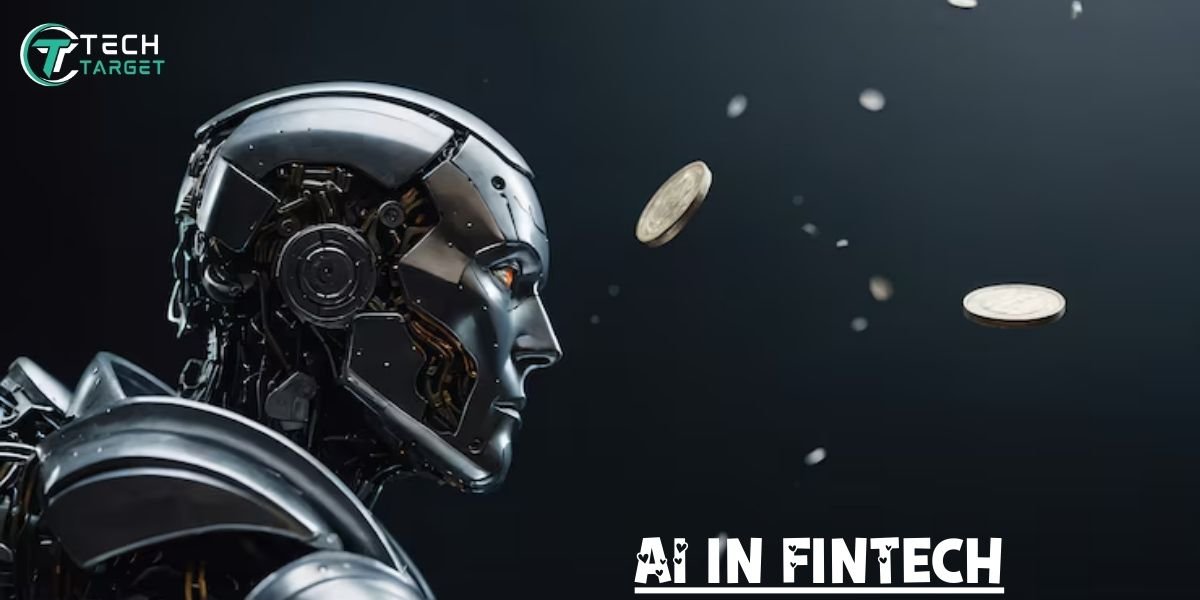Since its inception, AI has advanced significantly, particularly with the emergence of LLMs. It plays a major role across diverse industries worldwide, and the education sector is no different. AI in schools can replace traditional learning methods and bring a whole new era of interactive learning. Moreover, it revolutionizes learning by increasing student test scores by 62% via adaptive learning, as per AIPRM statistics for education. Countries, like China, are taking AI for schools as a prospect as they aim to focus more on practical studies over theoretical learning. This blog will discuss how AI in schools can transform the understanding and positive growth of the education sector, explaining the application of AI in the era of online education.
Key Statistics: AI in Schools
- The global AI market for education will cross $88.2 billion by 2032
- AI in schools reduces workload by 70%, enabling much better teacher-student coordination
- AI LLMs have more practical learning and have an accuracy rate of 91% in personalized help for student topics
- Over 60% of instructors use AI as an assistant for daily teaching practices
- 51% of instructors believe AI is a good move towards more practical learning, while increasing productivity for students
Rise of AI in Schools and Educational Institutions
AI in schools does not follow the traditional one-size-fits-all model, which is not beneficial for students. This model is traditional, and many believe that it is flawed as it assumes all students have the same abilities and learning mindset. Conversely, AI offers a customized learning experience for both students and teachers, guiding them directly through practical, hands-on guides. This is why schools and higher education institutions are implementing AI solutions, replacing their traditional learning methods. It brings us to the future of adaptive learning, which dynamically improves learning.
Why does AI in Schools Matter?
AI in schools has diverse use cases and has become significantly important in today’s digital age. The old methods of learning from chalkboards have become obsolete and do not contribute much to today’s fast-paced schooling systems. So, where does AI in school matter? Firstly, AI improves the engagement of students on educational topics. It enables every student to participate and engage in the classroom. According to a survey, AI increases student engagement by 53%. Secondly, AI takes up all the administrative load of manual work in schools, such as attendance marking, student enrollment, and conducting tests.
Key Use Cases of AI in Schools
Schools can implement AI solutions across wide areas of their domains, and it can easily augment operational efficiency. Here are the top 5 use cases every school and education institute must transform with artificial intelligence.
Automated Grading
Grading is a crucial process that requires the instructors’ attention and careful assessment. The grading process should be fair and accurately evaluate each student’s abilities. Incorporating AI in schools for grading can help make it efficient and automatic. It can reduce instructors’ workload by over 50% and provide students with real-time feedback. This feature allows instructors to assess each student after AI has graded their performance carefully. Moreover, the teachers can focus more on teaching than grading each student, as AI is already assessing each student’s capability in realtime. According to the instructors, tools like Gradescope AI allow them to accurately grade tests and improve the overall assessment process.
Bridging Skill Gaps
Skill gaps are common issues that teachers face when teaching a class of 50 students. Each learner has their own abilities to grasp and process information. AI in schools can help in this regard by bridging gaps. It learns from student behavior and scores and informs the teachers about the student who needs improvement and more attention. Moreover, AI can help the student with interactive learning and allow them to ask questions to a bot over and over again, boosting their confidence and knowledge. Moreover, AI is also important for detecting any sort of disabilities like dyslexia, ADHD. It aids in early detection, enabling instructors to plan separate lessons that address the specific needs of those students. This procedure makes sessions inclusive and makes sure that no one is left out.
Curriculum Planning & Development
Curriculum planning and development is a primary task of every educational institution to ensure that they devise a curriculum that is up-to-date and relevant to modern-day standards. There are different The standards and requirements for creating a curriculum are often overlooked. AI in schools can help create an up-to-date curriculum that complies with education standards. The management can easily adapt to changing requirements and dynamics of the education sector by incorporating AI solutions. Moreover, the institutions can develop schedules and timetables along with the curricula accurately.
Exam Fairness & Cheating Prevention
Fairness and confidentiality are crucial aspects of examinations, especially in the educational sector. We are transitioning to a digital age in which traditional pen and paper exams are neither efficient nor manageable. They are also prone to issues and do not provide transparency. Schools can blend AI solutions to ensure the confidentiality of examinations and the privacy of student interactions. It will also help in transparency and fairness, preventing cheating practices and guarding against paper leaks. However, over 42% of teachers are still concerned about privacy and AI usage across large-scale institutions.
Interactive Learning
Interactive learning is one of the major transformations AI brings to the schooling systems. It not only enhances the learning experience but also improves the concept explanations and student interactions. Mostly, schools use AI to integrate learning material into games and entertaining tasks, leading to the emergence of the edutainment sector. This bolsters learning, and over 51% of instructors are interested in adopting this practice. Moreover, with interactive learning powered by AI, instructors can provide customized solutions for specific students, adapting to their pace of learning and understanding concepts.
Explore more about AI’s growing influence across multiple industries:
| AI in Healthcare – A New Era of Diagnosis and Critical Assessment | AI in the Workplace – Improving In-House Productivity with Technology |
| Understanding the Role of AI in Banking – How it Revolutionizes Finance | Understanding How Firms Implement AI in Accounting Operations – A Practical Walkthrough |
AI Tools that Schools can Employ
AI in schools is a game-changing initiative that can open a whole new world of learning and student interaction. To make it possible for every school to employ AI solutions, there are several AI tools designed for educational purposes that they can implement directly into their educational channels. A few of them are listed below:
Wrapping it Up
Change is necessary for every sector to survive in the modern era, and resistance to it often causes losses. This change in the education industry is the adoption of AI, which is necessary in today’s fast-paced world. The best practices for schools are ready-to-incorporate AI models for testing. Moreover, training instructors and management to work with AI is necessary for a smooth transition to automated learning. The stakeholders can also foster a supportive and informed community with AI in schools. Also, the ethical concerns of transparency and confidentiality across the education sector will no longer be a problem.










